Angling Under the Stars: Camping at Shenandoah National Park
Nestled in the Blue Ridge Mountains of Virginia, Shenandoah National Park offers a unique combination of pristine wilderness, panoramic vistas, and world-class fishing opportunities. For outdoor enthusiasts seeking to combine the tranquility of camping with the thrill of angling, this national treasure provides an unmatched experience. As daylight fades and stars illuminate the night sky, fishing in Shenandoah takes on a magical quality that captivates both novice and experienced anglers alike. This comprehensive guide explores everything you need to know about fishing and camping in this remarkable park, from regulations and best spots to seasonal considerations and conservation efforts.
The Allure of Shenandoah’s Waterways
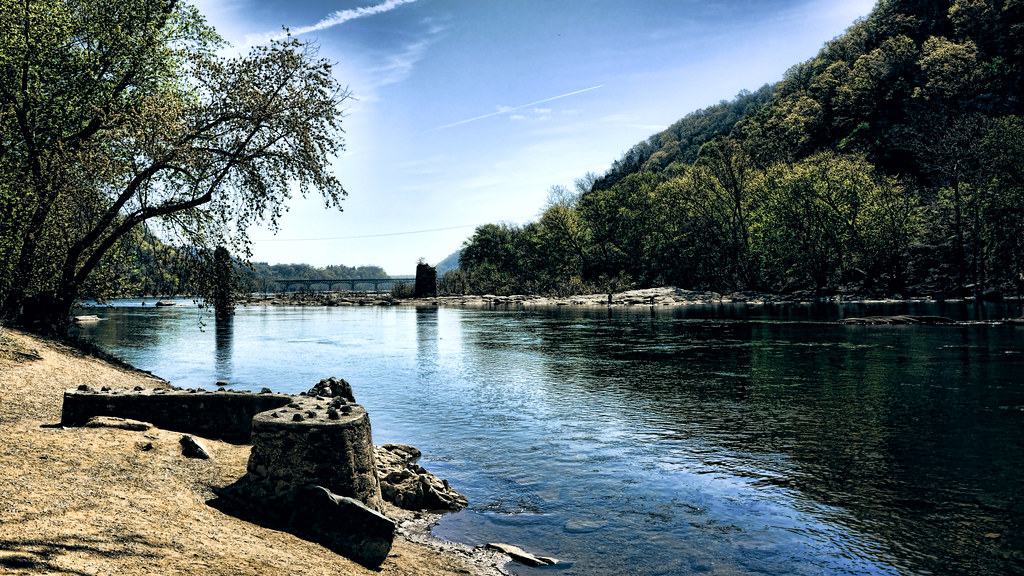
Shenandoah National Park boasts over 70 streams with more than 200 miles of fishable waters, making it a paradise for anglers of all skill levels. The park’s waterways are primarily known for their abundant populations of native brook trout, which thrive in the cold, clear mountain streams. These pristine waters, cascading through ancient forests and rocky terrain, create idyllic fishing conditions rarely found elsewhere in the eastern United States. The sound of rushing water, combined with the park’s remarkable biodiversity and stunning mountain backdrops, offers a sensory experience that transcends the mere act of fishing itself.
Native Brook Trout: Jewels of the Mountain
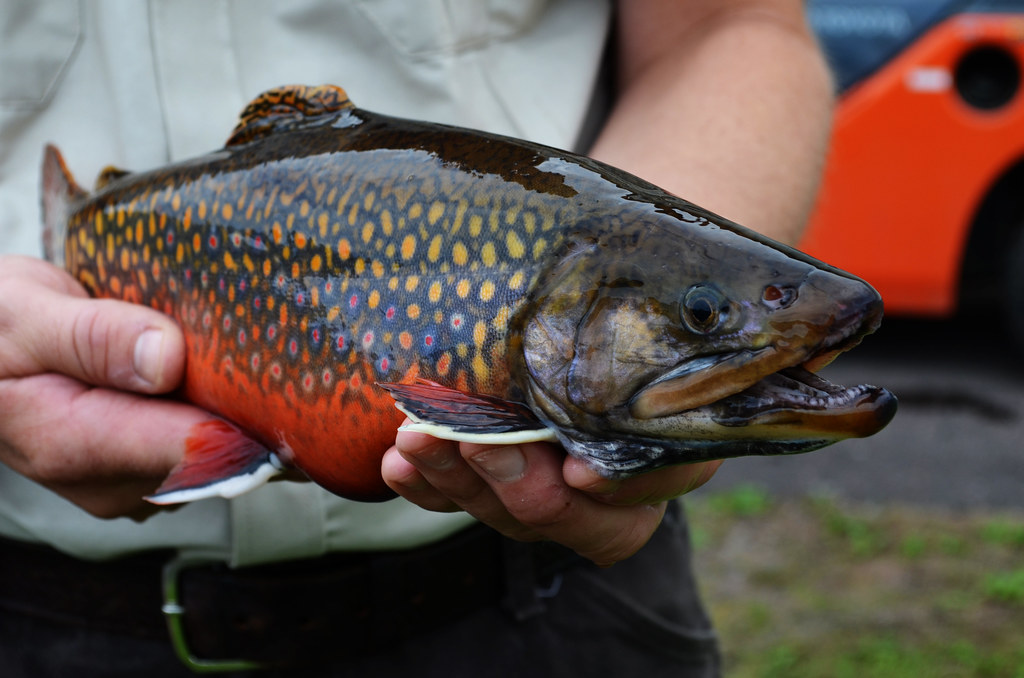
The eastern brook trout (Salvelinus fontinalis) is the crown jewel of Shenandoah’s aquatic ecosystem and the primary quarry for most anglers visiting the park. These native fish, with their distinctive speckled backs and vibrant orange-red fins trimmed with white, are as beautiful as they are challenging to catch. Though typically smaller than their stocked counterparts, ranging from 6-9 inches in most park streams, these wild trout are prized for their fighting spirit and the remote, unspoiled environments they inhabit. Conservation efforts within the park have helped maintain healthy populations of these magnificent fish, which serve as indicators of excellent water quality and ecosystem health.
Camping Options for Anglers
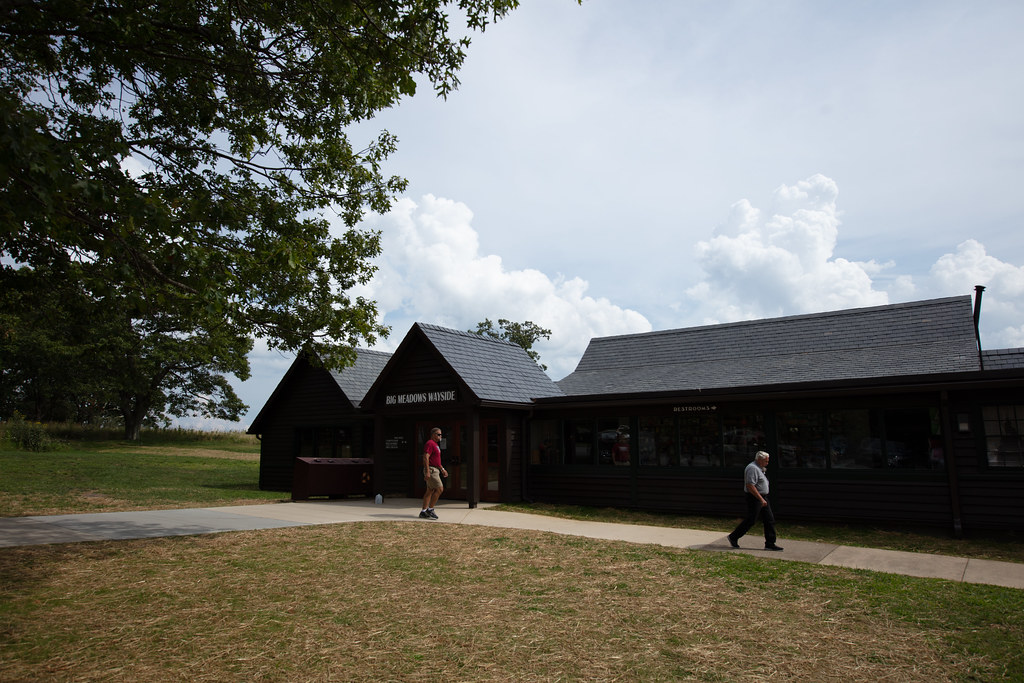
Shenandoah National Park offers a variety of camping options that serve as ideal base camps for fishing expeditions. The park features five developed campgrounds: Mathews Arm, Big Meadows, Lewis Mountain, Loft Mountain, and Dundo Group Campground, each with its own unique character and proximity to prime fishing locations. Big Meadows, centrally located in the park, provides easy access to several excellent fishing streams including the upper Rose River and Hughes River. For those seeking a more immersive wilderness experience, backcountry camping permits allow anglers to pitch tents near remote streams far from crowds, where the fishing pressure is minimal and the chances of encountering wildlife are higher.
Seasonal Fishing Patterns
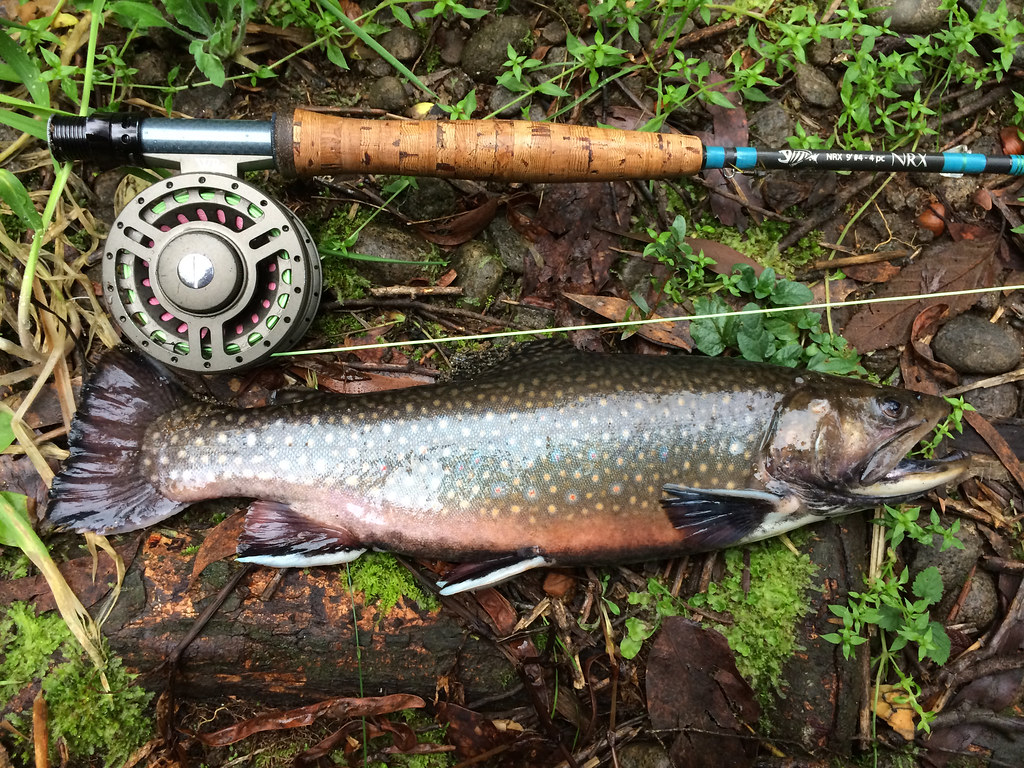
Fishing conditions in Shenandoah National Park vary dramatically with the seasons, creating distinct angling opportunities throughout the year. Spring brings higher water levels and aggressive feeding as trout emerge from winter’s grip, with March through May offering some of the year’s best fishing as aquatic insect hatches intensify. Summer months see lower water levels and require more stealth, with early mornings and evenings proving most productive when temperatures are cooler. Fall transforms the park into a kaleidoscope of color, while cooler temperatures reinvigorate trout activity, particularly in October when brook trout don their spawning colors. Winter fishing, though challenging due to park closures and harsh conditions, can reward hardy anglers with solitude and surprisingly active fish on warmer days.
Essential Gear for Mountain Angling
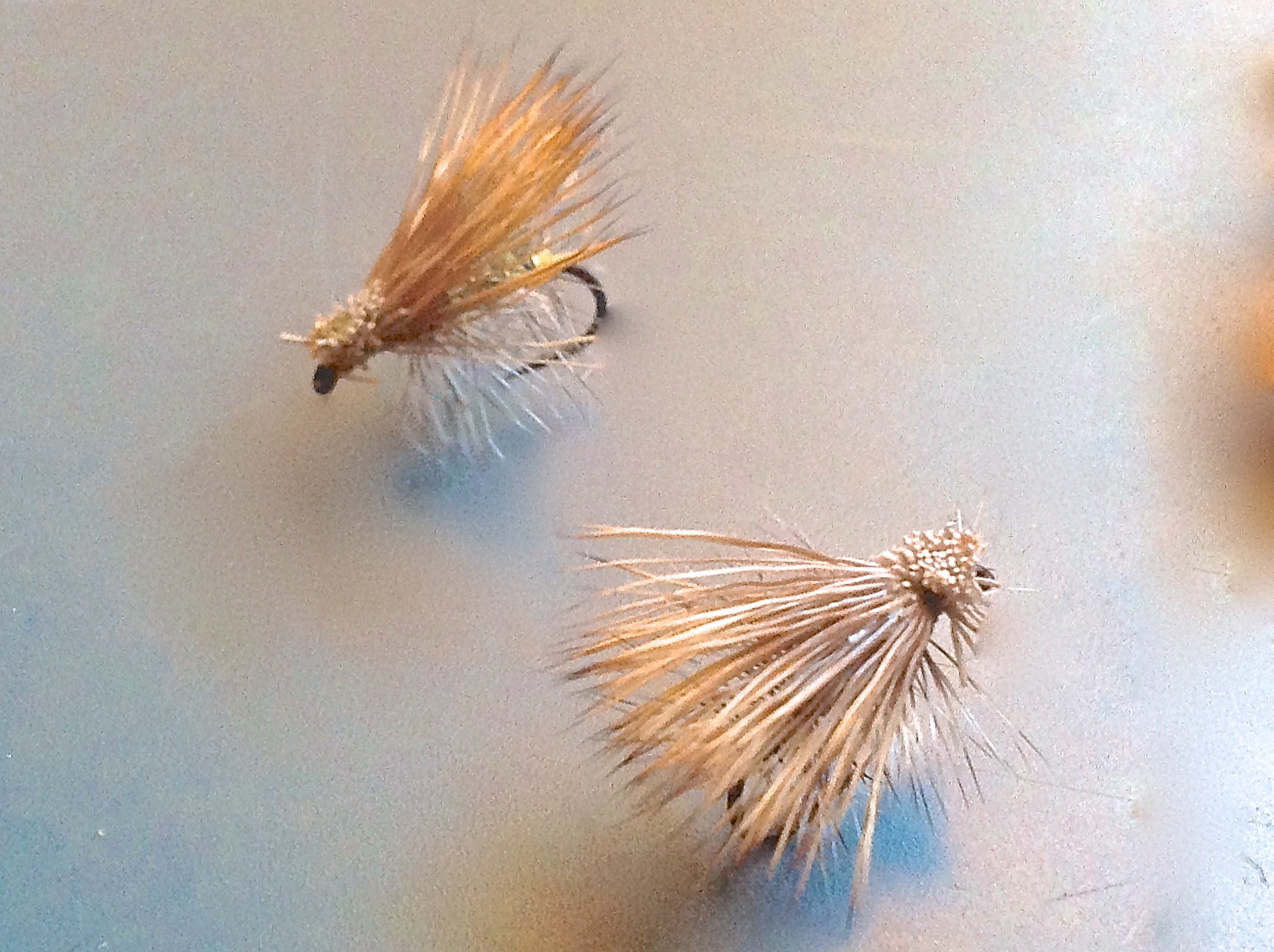
Successful fishing in Shenandoah’s mountain streams requires specialized gear suited to tight quarters and wary fish. A 7-8 foot 3-4 weight fly rod or an ultralight spinning setup offers the perfect balance of sensitivity and control for navigating the park’s narrow, brush-lined waterways. Waders are optional in summer but become essential in cooler months, while sturdy hiking boots with good ankle support are necessary for navigating the rocky terrain. For fly anglers, a selection of dry flies (including Adams, Elk Hair Caddis, and terrestrials), nymphs, and small streamers covers most situations, while spin fishermen should stock small spinners, spoons, and tiny soft plastics in natural colors. Don’t forget essentials like sunscreen, insect repellent, water filtration, and a first aid kit when venturing into remote areas.
Navigating Fishing Regulations

Fishing in Shenandoah National Park is subject to specific regulations designed to protect its unique aquatic resources. All anglers 16 years and older must possess a valid Virginia state fishing license, which can be purchased online before your trip. The park maintains special regulations for its trout waters, including strict catch-and-release rules for native brook trout in many streams, while some waters allow a limited harvest with specific size restrictions. Artificial lures only (single-hook) are required in most park waters, with live bait prohibited to prevent the introduction of non-native species. Anglers should carefully review the current regulations published on the National Park Service website before their visit, as rules may change to respond to conservation needs.
Top Fishing Destinations Within the Park
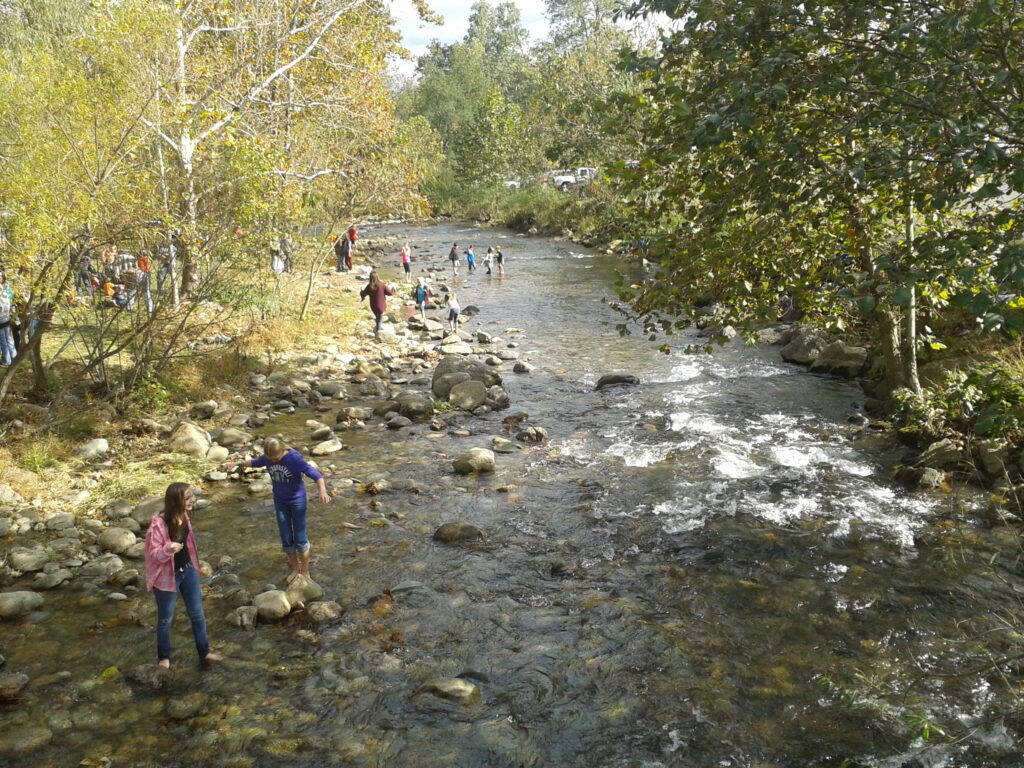
While Shenandoah contains hundreds of miles of fishable waters, several streams stand out for their exceptional fishing opportunities. The Rose River offers relatively easy access and holds a healthy population of brook trout in its upper reaches, with brown trout appearing lower down. Jeremy’s Run, in the park’s northern section, provides a more remote experience with numerous pools and cascades holding native brookies. The Hughes River rewards anglers willing to hike with some of the park’s larger brook trout, particularly in its deeper pools. For those seeking solitude, White Oak Canyon’s tumbling waters and Cedar Run’s pristine pools offer both challenging fishing and spectacular scenery, including some of the park’s most beautiful waterfalls.
Night Fishing Considerations

While the article title references “angling under the stars,” it’s important to note that night fishing is generally prohibited within Shenandoah National Park. Most fishing activity should be conducted during daylight hours for safety reasons and to comply with park regulations. However, evening fishing until sunset can provide magical experiences as the light fades and trout often become more active. The “under the stars” experience comes from returning to camp after a day of fishing to enjoy the park’s remarkable dark skies, which offer stellar stargazing opportunities far from city light pollution. Some campgrounds, particularly Big Meadows, are known for their exceptional night sky viewing, perfect for contemplating the day’s fishing adventures while the constellations wheel overhead.
Wildlife Encounters While Fishing
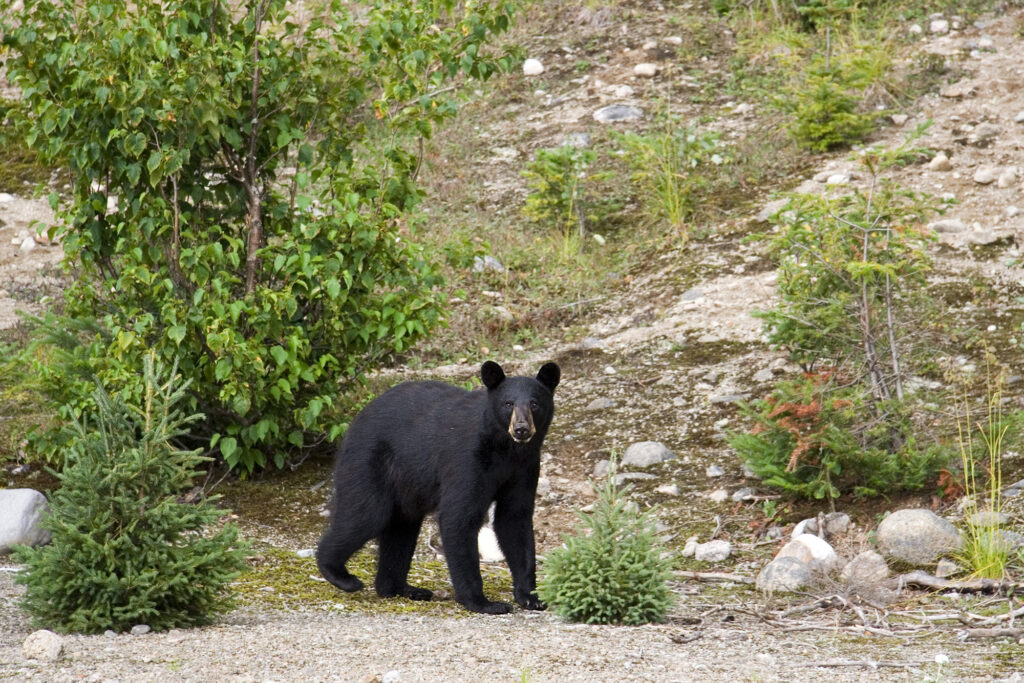
Fishing in Shenandoah often leads to memorable wildlife encounters that enhance the overall experience. Black bears, though rarely dangerous, are common in the park and occasionally visit streams to fish themselves, requiring anglers to maintain appropriate distance and properly store food at campsites. White-tailed deer frequently appear at stream edges during dawn and dusk, while patient observers might glimpse river otters playing in deeper pools. Birdwatchers can spot kingfishers darting above the water, ospreys diving for fish in larger sections, and colorful warblers flitting through streamside vegetation. These natural encounters remind anglers they’re participants in a complex ecosystem, not merely visitors to it.
Conservation and Stream Etiquette
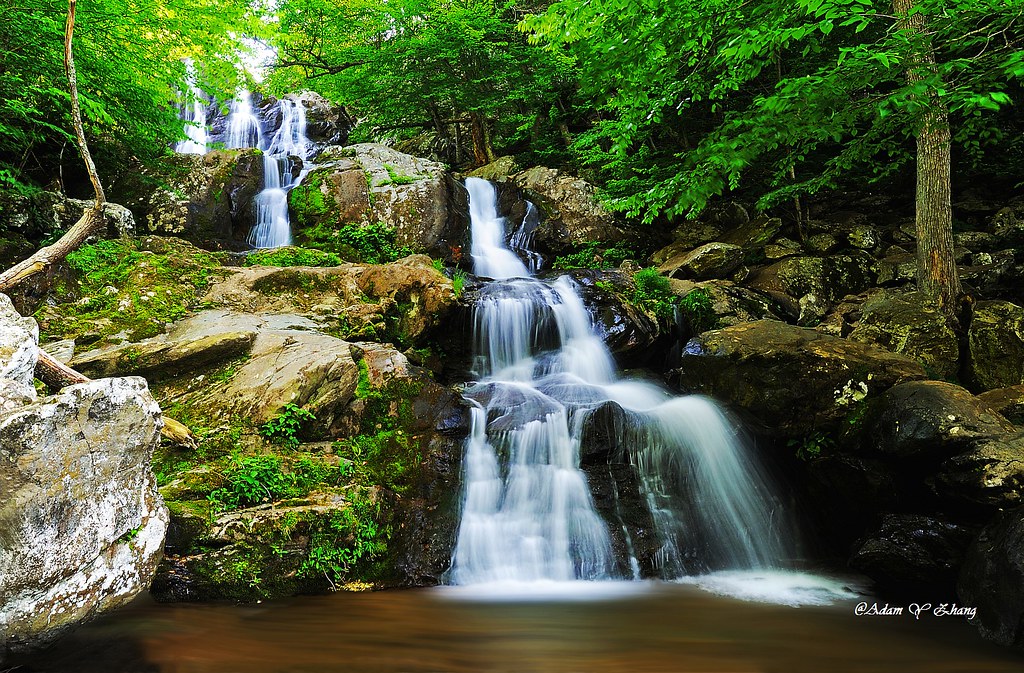
The pristine waters of Shenandoah National Park remain healthy only through careful conservation practices and responsible angling. Practicing catch-and-release with proper fish handling techniques—including wetting hands before touching fish, minimizing air exposure, and gently supporting trout in the current until they recover—helps maintain healthy populations for future generations. Anglers should be mindful of their impact on stream banks by using established access points and avoiding trampling sensitive riparian vegetation that prevents erosion. The park faces ongoing challenges from acid rain, climate change, and introduced species, making conscious stewardship essential for everyone who enjoys its waters. Participating in citizen science programs like trout surveys or stream cleanup events offers anglers a way to give back to these precious resources.
Campfire Cooking Your Catch
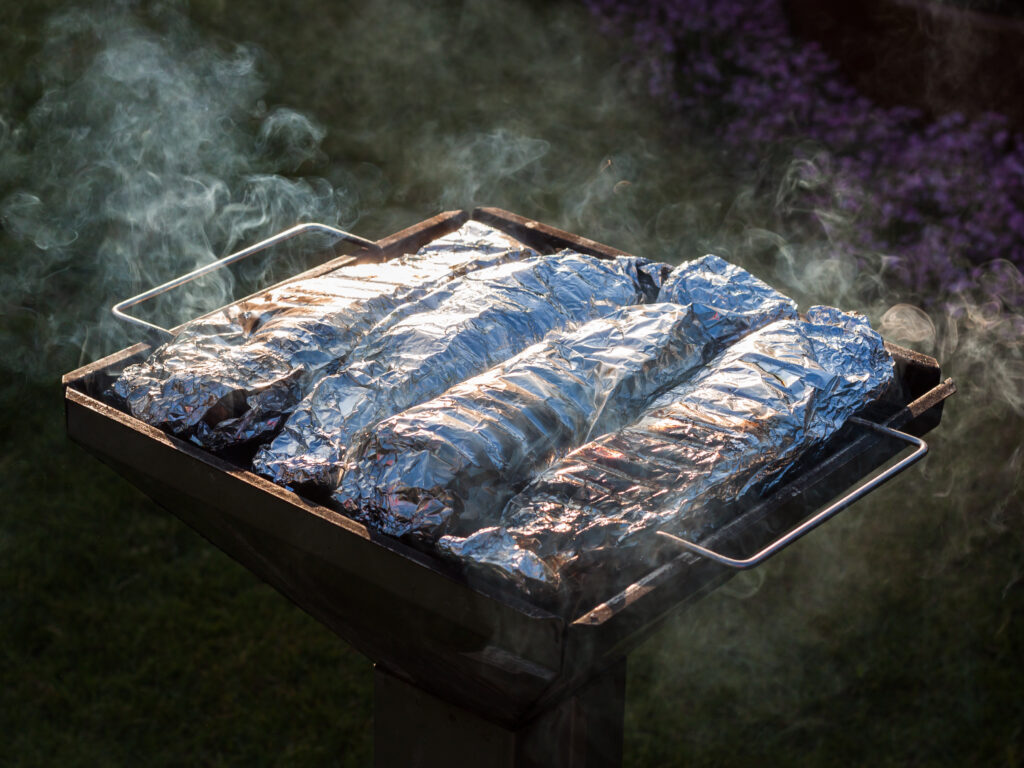
For streams where harvest is permitted, preparing freshly caught trout over a campfire represents one of the most satisfying aspects of the angling-camping experience. The key to delicious campfire trout lies in simplicity—a light seasoning of salt, pepper, and lemon preserves the delicate flavor of these wild fish. Cleaning should be done away from water sources, with remains buried properly to avoid attracting wildlife to camping areas. Traditional methods like wrapping trout in foil with butter and herbs or cooking directly on a grill over coals yield excellent results with minimal equipment. However, anglers should remember that many park streams are catch-and-release only, and should carefully check regulations before keeping any fish.
Weather Challenges and Safety Considerations

Mountain weather in Shenandoah can change rapidly, presenting unique challenges for anglers. Summer thunderstorms develop quickly and create dangerous flash flood conditions in narrow stream valleys, requiring constant awareness and evacuation plans. Hypothermia remains a risk even in warmer months, particularly when wading in cold spring-fed streams or when caught in sudden rainstorms. Carrying appropriate rain gear, layered clothing, and emergency supplies becomes essential rather than optional in this environment. Cell phone coverage is spotty or non-existent throughout much of the park, so anglers should inform others of their itinerary and carry navigation tools like maps and compasses, especially when exploring remote streams.
Planning Your Perfect Angling-Camping Trip
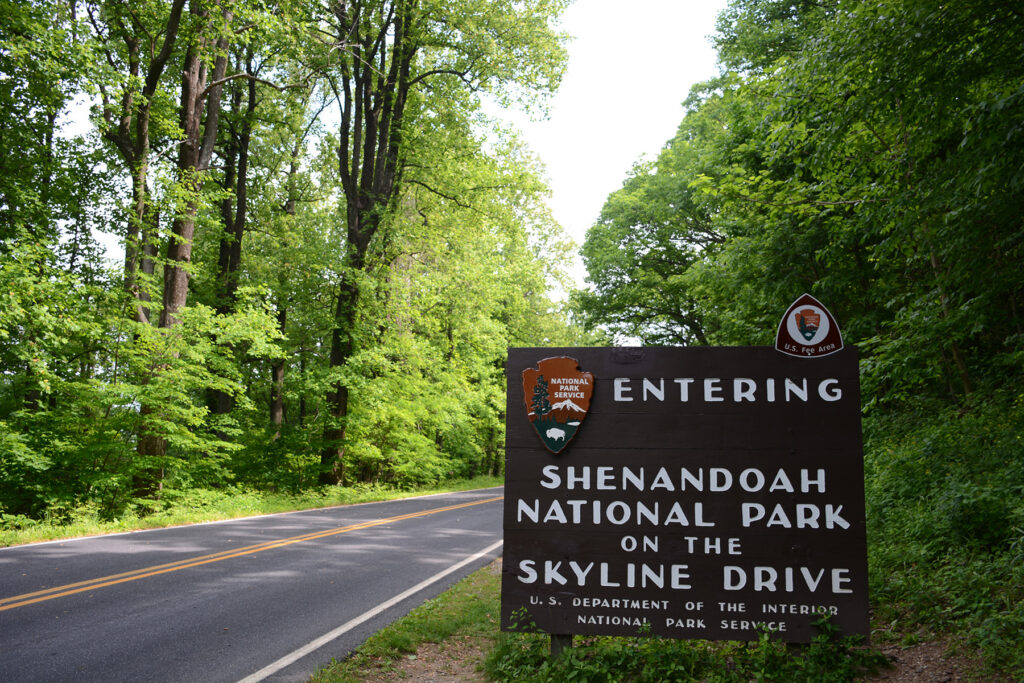
Creating a memorable Shenandoah fishing adventure requires thoughtful planning that balances ambition with reality. First-time visitors should consider focusing on the more accessible streams near Skyline Drive, gradually exploring more remote waters as they become familiar with the park’s terrain. Reservations for developed campgrounds should be secured months in advance for summer and fall visits, while backcountry permits can be obtained up to 14 days before your trip. A flexible itinerary allows adaptation to changing weather conditions and fishing success—having “plan B” streams identified prevents disappointment if primary destinations are crowded or unfishable. The park’s visitor centers offer valuable up-to-date information on stream conditions, recent insect hatches, and temporary closures that can enhance your fishing experience.
The combination of world-class trout fishing and spectacular camping makes Shenandoah National Park a premier destination for outdoor enthusiasts. As stars illuminate the night sky above your campsite after a day spent wading crystalline streams, the connection between angler, water, and wilderness becomes almost spiritual. Whether you’re pursuing native brook trout in remote headwaters or simply seeking solace in some of the East’s most beautiful natural settings, this remarkable park offers experiences that will draw you back season after season. By approaching this pristine environment with respect and conservation-minded practices, anglers help ensure these fishing opportunities remain available for generations to come.
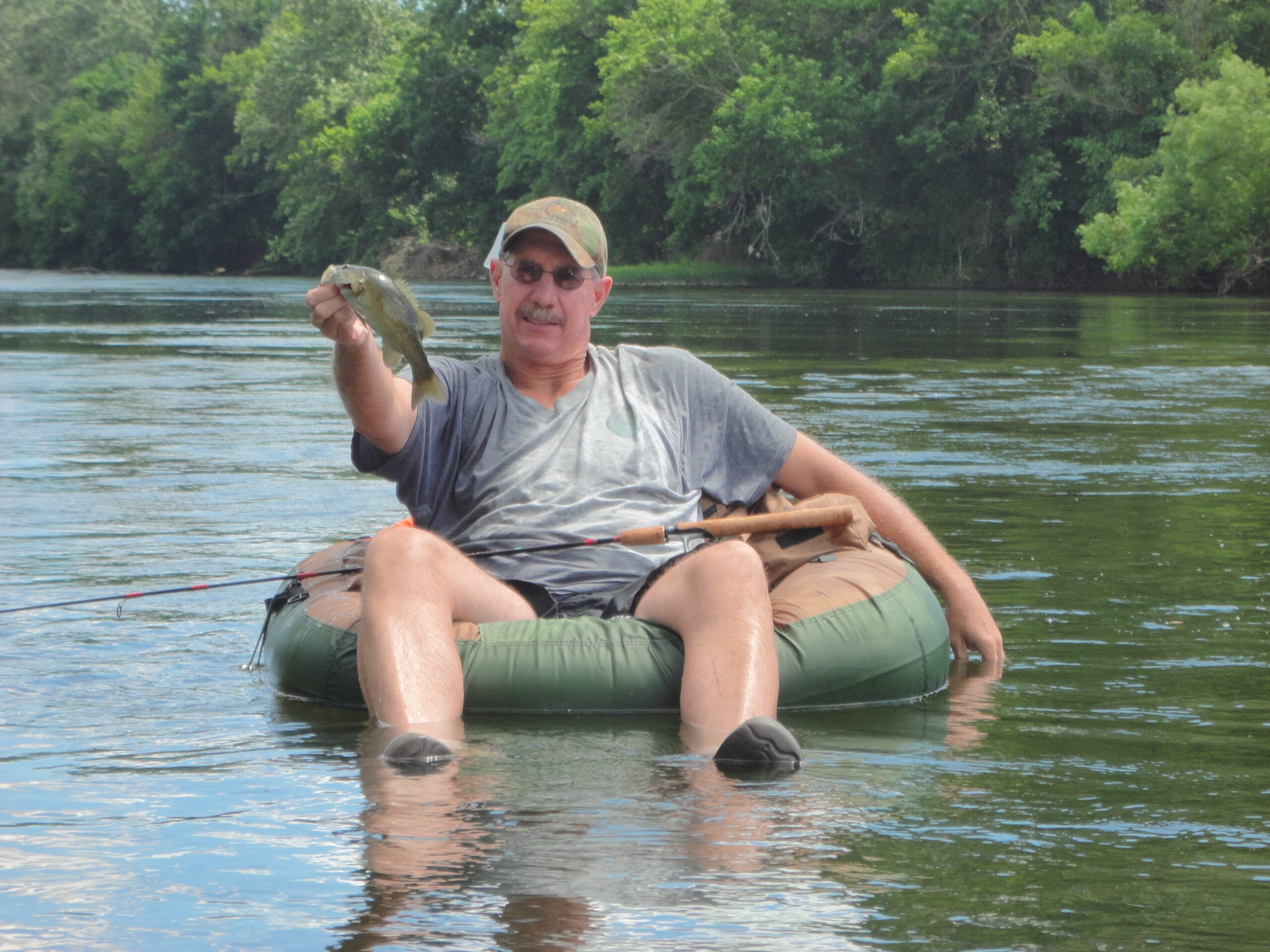
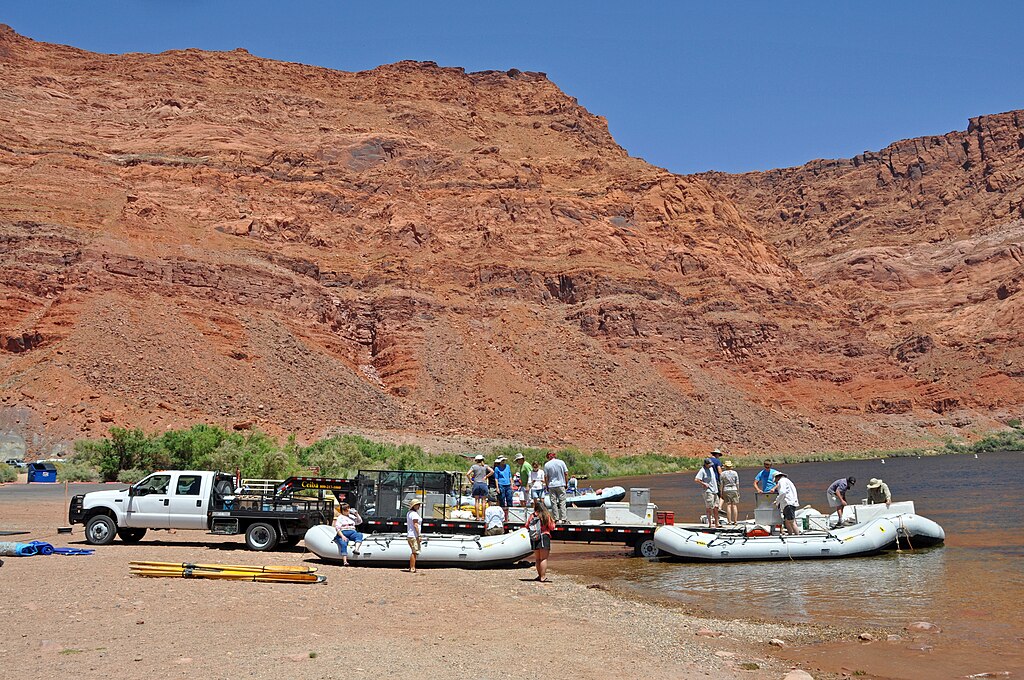
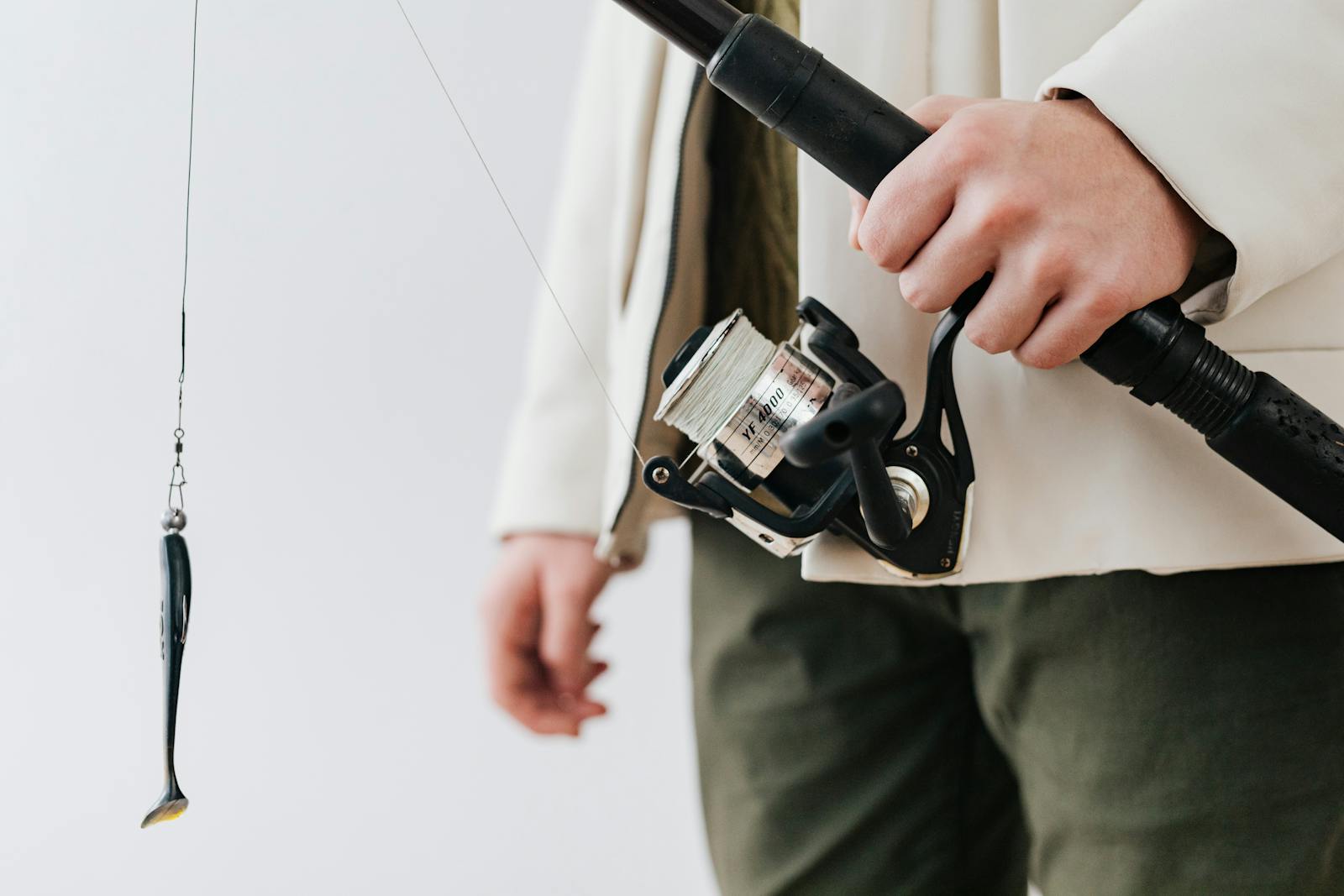
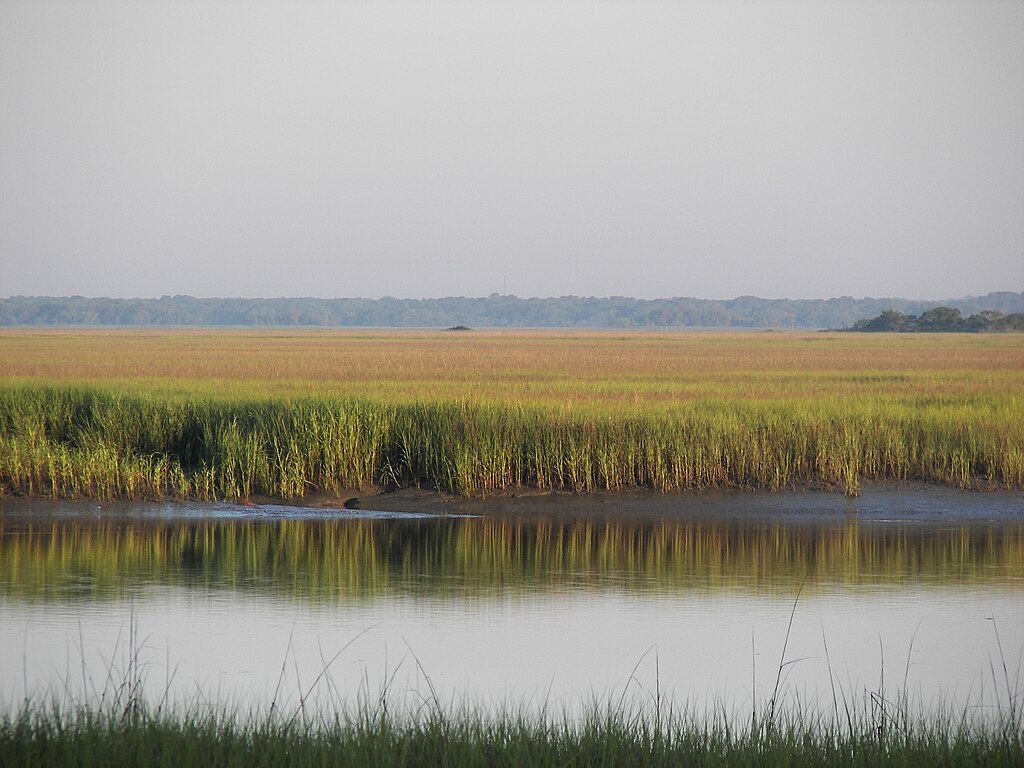
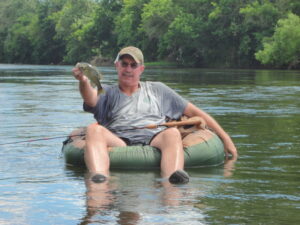
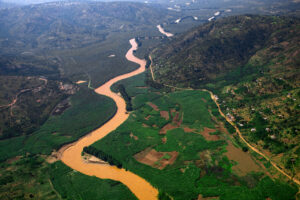








Post Comment